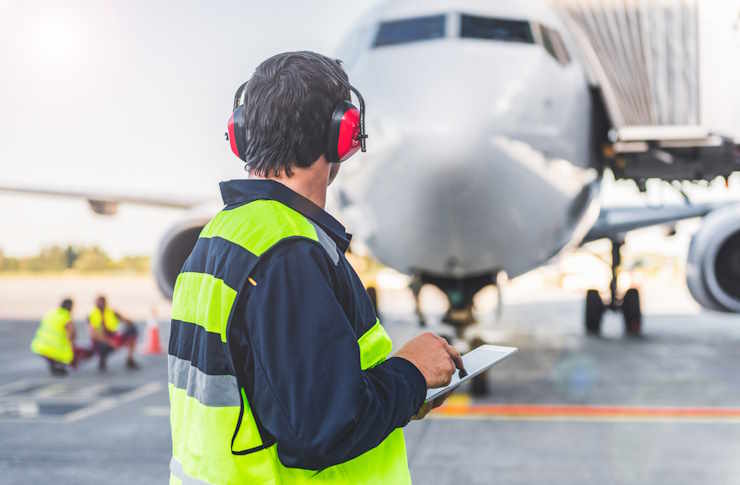Exploring Fully Funded Airline Pilot Training Opportunities for 2025
Aspiring pilots interested in commercial aviation careers often encounter one major hurdle: the high cost of training. Fortunately, several organizations and flight schools are offering fully funded programs aimed at covering pivotal expenses like tuition, flight hours, and certification fees. This guide explores how these funding opportunities are typically structured, what participants should consider before applying, and the types of commitments that may be involved. From industry-backed sponsorships to competitive scholarships, the landscape is evolving to support qualified candidates in reaching their aviation goals without overwhelming financial strain.

What Are Fully Funded Pilot Training Programs?
Fully funded pilot training programs are comprehensive sponsorship arrangements where airlines, aviation organizations, or educational institutions cover the complete cost of pilot training. These programs typically include commercial pilot course fees, flight hours, simulator training, and theoretical instruction. Candidates usually need to meet strict eligibility requirements and commit to working with the sponsoring airline for a specified period after completion.
Who Qualifies for Airline Pilot Scholarships?
Most airline pilot scholarship programs require candidates to:
-
Be at least 18 years old
-
Hold a high school diploma or equivalent
-
Pass medical examinations
-
Demonstrate strong academic performance
-
Show proficiency in English
-
Pass initial aptitude assessments
-
Meet citizenship or residency requirements
What Types of Sponsored Pilot Training Are Available?
Several categories of sponsored training exist:
-
Airline cadet programs
-
Military transition programs
-
University partnership schemes
-
Government-backed initiatives
-
Aviation school grant opportunities
-
Industry-sponsored scholarships
What Commitments Come with Funded Training?
Most fully funded programs require:
-
Multi-year service agreements with sponsoring airlines
-
Maintaining specific academic standards
-
Regular progress assessments
-
Completion within predetermined timeframes
-
Potential financial penalties for early withdrawal
Understanding Program Costs and Investment Returns
Standard commercial pilot training costs can range from $60,000 to $150,000 without sponsorship. Here’s how different funding programs compare:
| Program Type | Typical Coverage | Required Service Commitment |
|---|---|---|
| Airline Cadet | 100% costs | 3-5 years |
| University Partnership | 70-100% costs | 2-4 years |
| Military Transition | 100% costs | 6-10 years |
| Government Grant | 50-80% costs | Variable |
Prices, rates, or cost estimates mentioned in this article are based on the latest available information but may change over time. Independent research is advised before making financial decisions.
How to Find and Apply for 2025 Training Opportunities
Major airlines typically announce their cadet program openings 12-18 months in advance. Key application steps include:
-
Monitoring airline career pages
-
Registering with aviation training academies
-
Following industry associations
-
Attending aviation career fairs
-
Preparing required documentation early
-
Meeting application deadlines
Successfully securing fully funded pilot training requires careful planning, strong qualifications, and thorough research of available programs. While competition is intense, these opportunities provide valuable pathways into aviation careers without the burden of significant personal debt.




